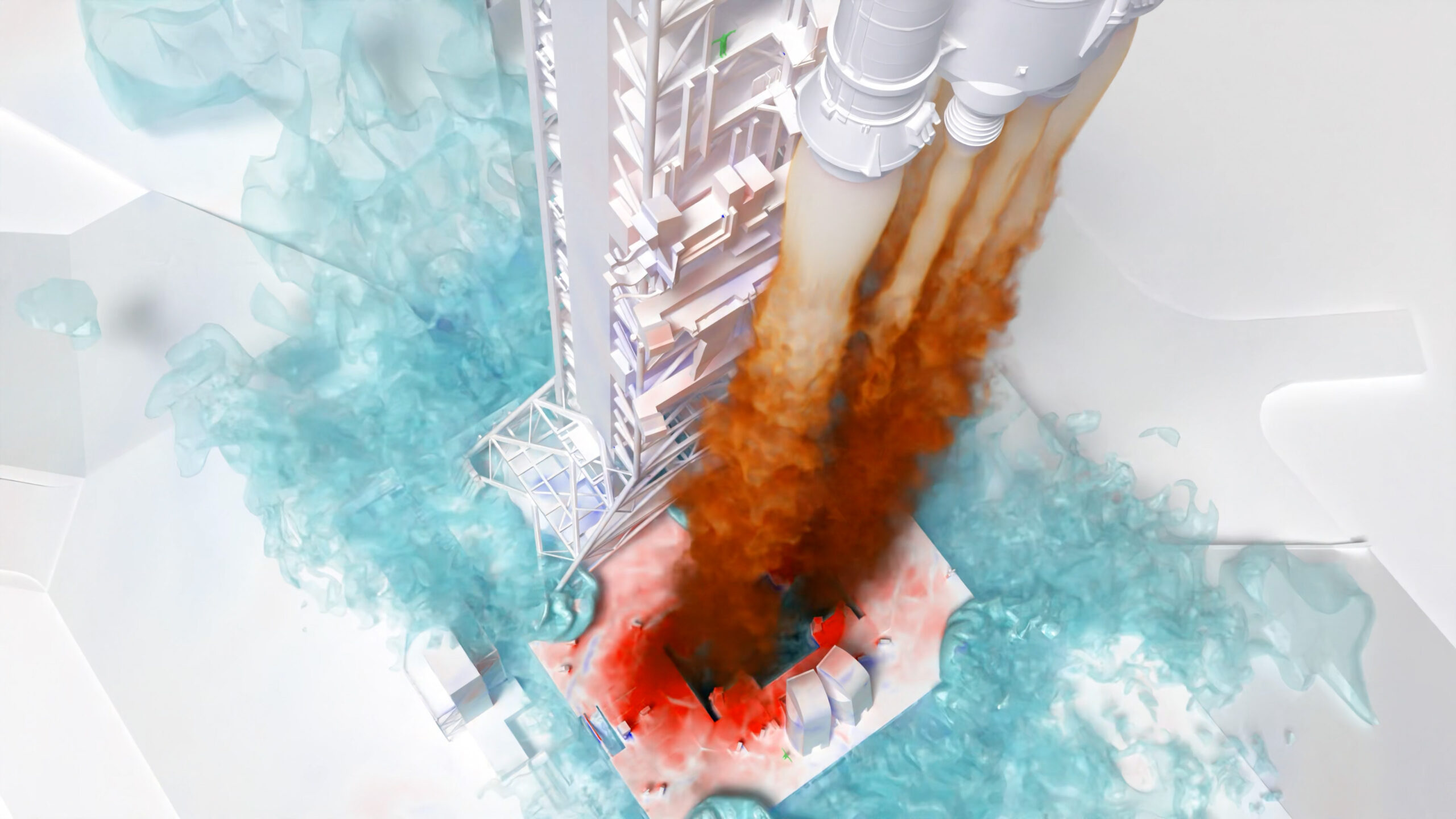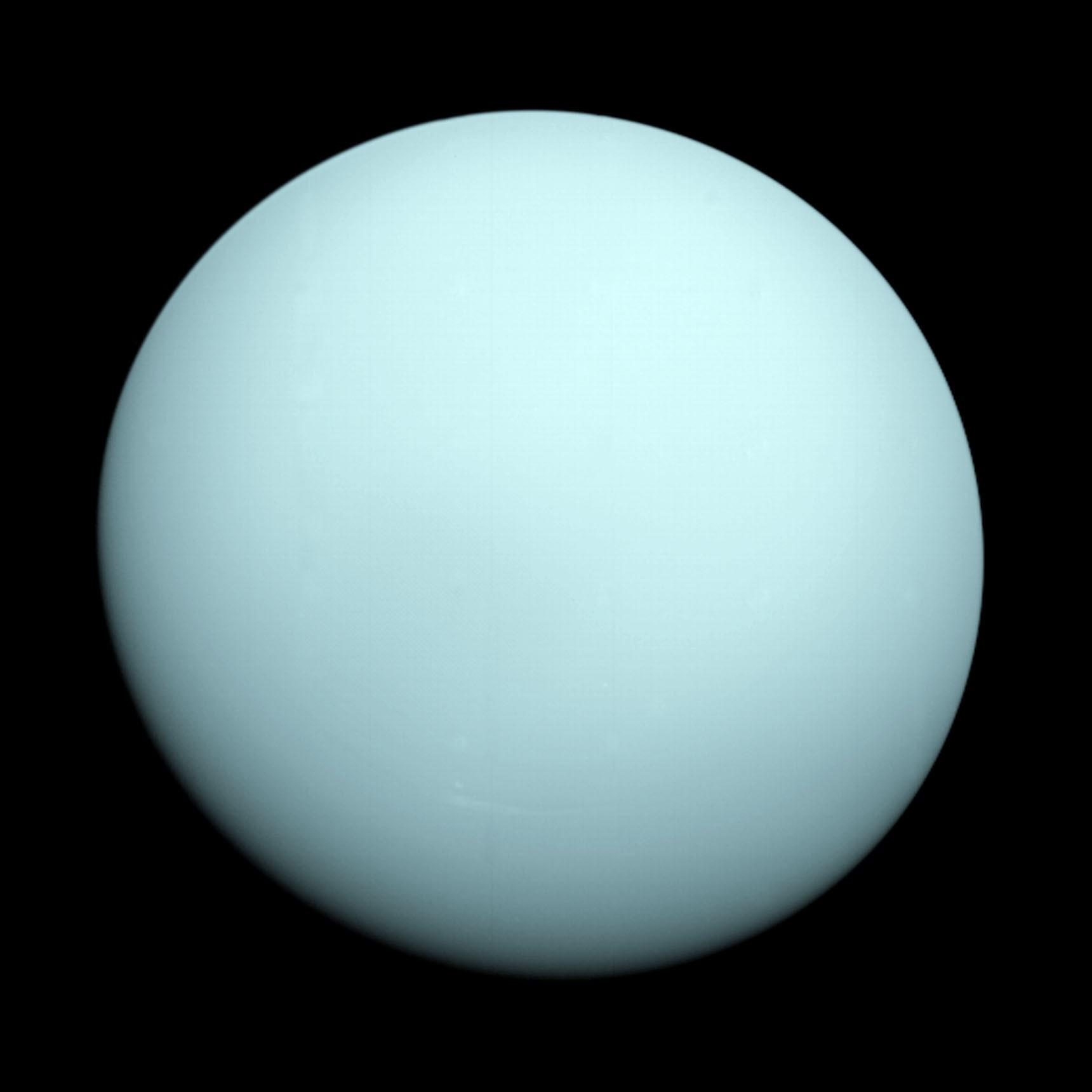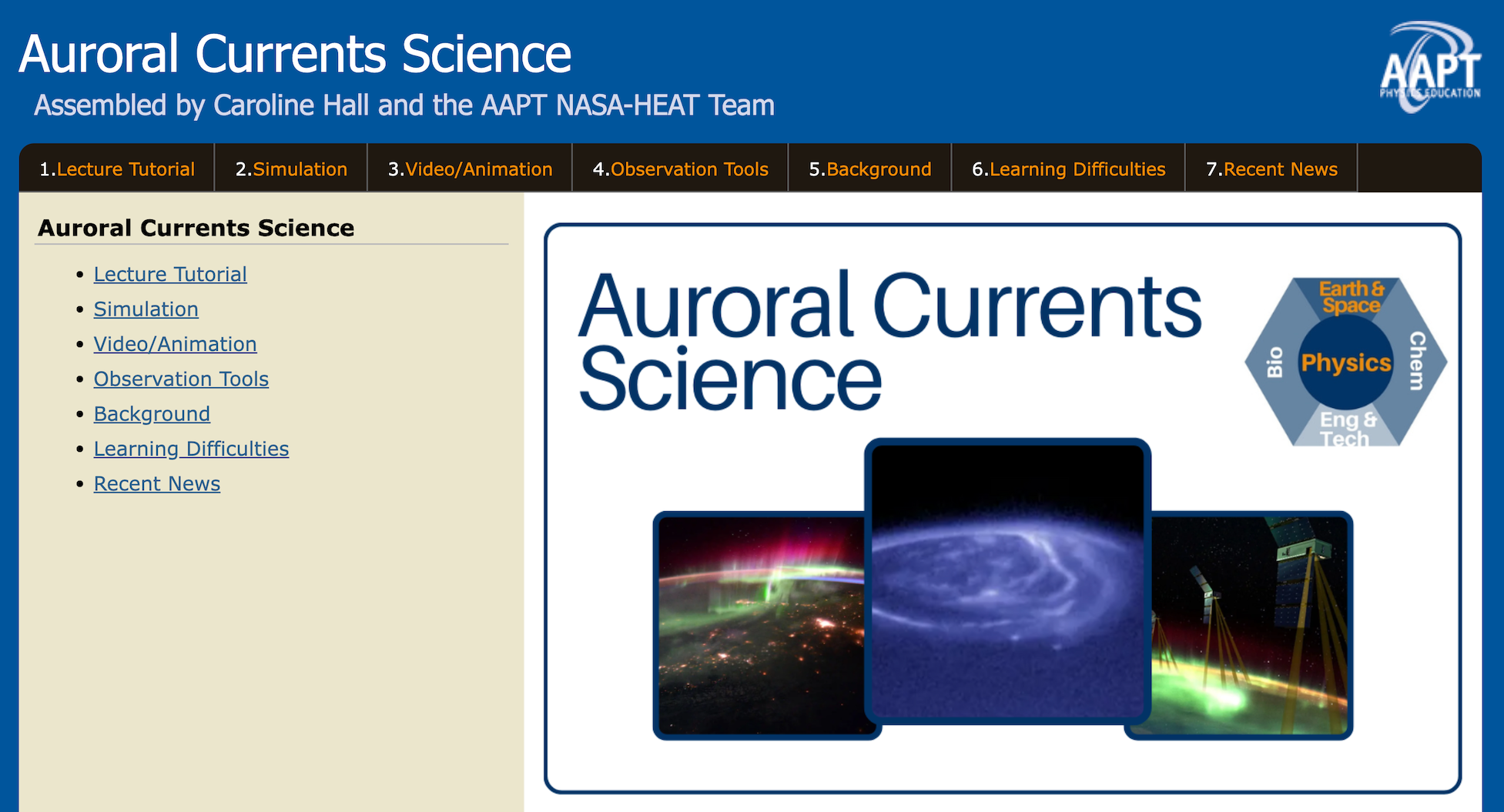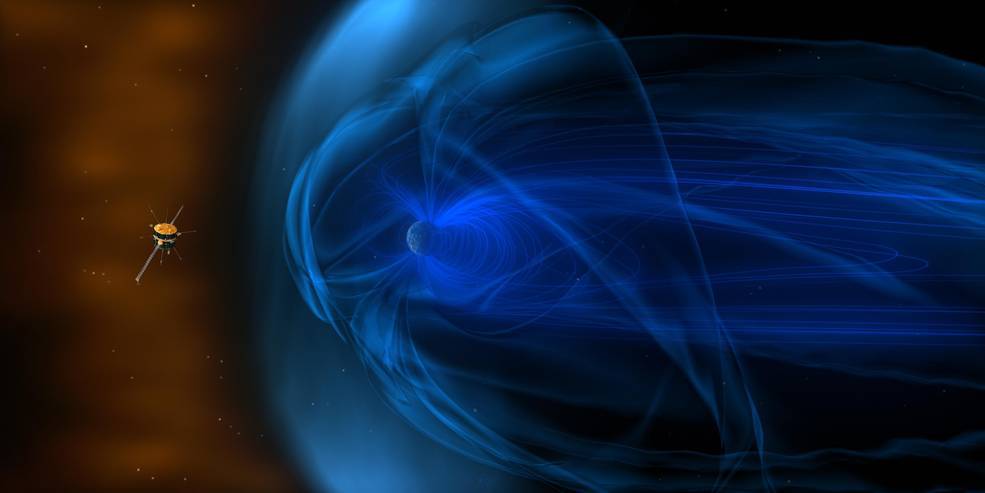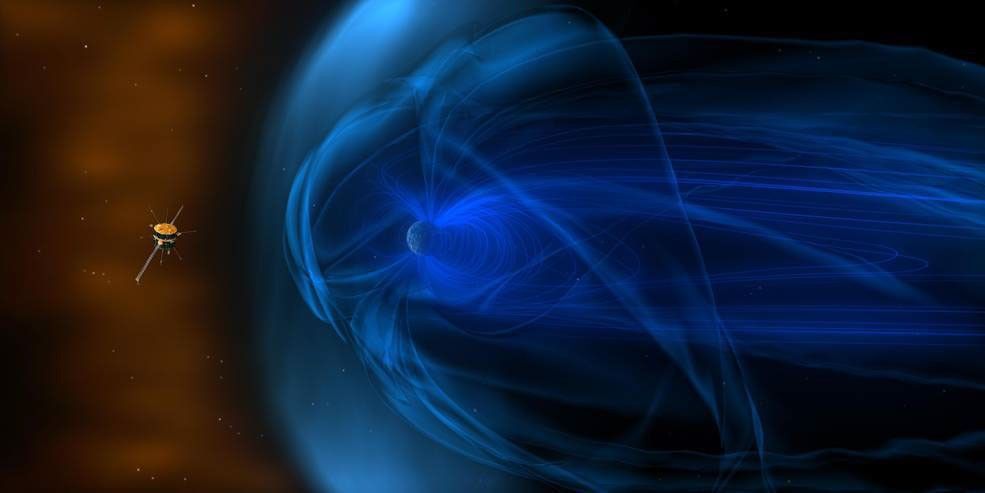NASA, on behalf of the National Oceanic and Atmospheric Administration (NOAA), has selected Johns Hopkins University’s Applied Physics Laboratory of Laurel, Maryland, to build the Suprathermal Ion Sensors for the Lagrange 1 Series project, part of NOAA’s Space Weather Next Program. This cost-plus-fixed-fee contract is valued at approximately $20.5 million and includes the development of […]
At NASA, high-end computing is essential for many agency missions. This technology helps us advance our understanding of the universe – from our planet to the farthest reaches of the cosmos. Supercomputers enable projects across diverse research, such as making discoveries about the Sun’s activity that affects technologies in space and life on Earth, building […]
NASA’s Voyager 2 flyby of Uranus decades ago shaped scientists’ understanding of the planet but also introduced unexplained oddities. A recent data dive has offered answers. When NASA’s Voyager 2 spacecraft flew by Uranus in 1986, it provided scientists’ first — and, so far, only — close glimpse of this strange, sideways-rotating outer planet. Alongside […]
As an example, AAPT’s most recent DigiKit publication, Auroral Currents Science (Figure 1), was developed for educators of advanced high school students and university physics/astronomy majors. DigiKits materials are collected by digital content specialist, Caroline Hall, who searches for high-quality, open digital content and checks it for accuracy and accessibility. The Auroral Currents DigiKit centers […]
According to Lynn Wilson, who is the Wind project scientist at NASA’s Goddard Space Flight Center in Greenbelt, Maryland, fuel is only one indicator of Wind’s life expectancy, however. “Based on fuel alone, Wind can continue flying until 2074,” he said. “On the other hand, its ability to return data hinges on the last surviving […]
According to Lynn Wilson, who is the Wind project scientist at NASA’s Goddard Space Flight Center in Greenbelt, Maryland, fuel is only one indicator of Wind’s life expectancy, however. “Based on fuel alone, Wind can continue flying until 2074,” he said. “On the other hand, its ability to return data hinges on the last surviving […]

